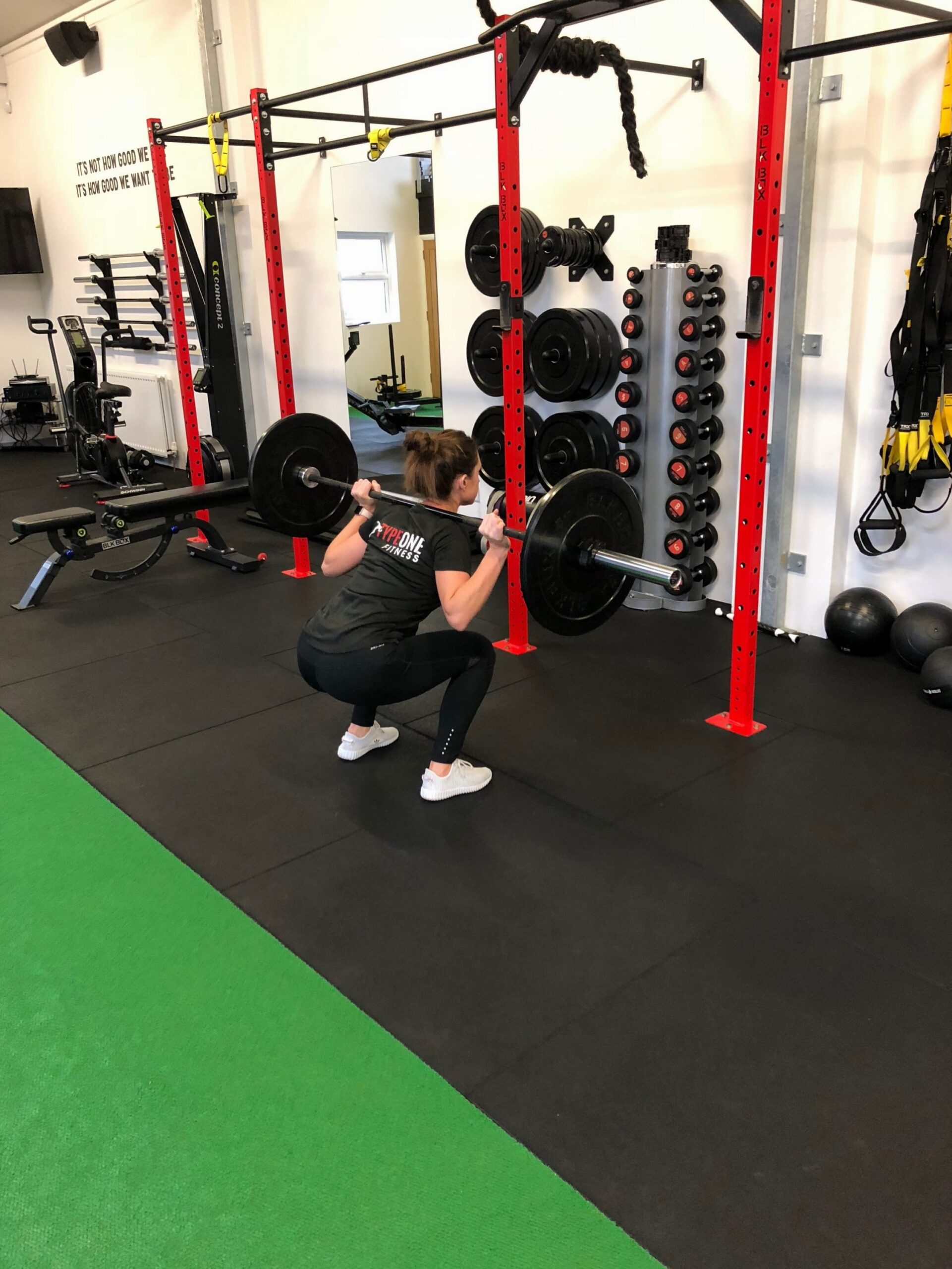Runners often shy away from strength training, such as lifting weights, out of a fear it will make them bulk up, yet the truth is that taking the time to add strength training to your routine a few days a week can benefit your running greatly. Here’s how it works:
- Weight loss
When you increase your lean muscle mass, you’ll increase your body’s ability to burn calories. Your body typically uses about 4.5 to 7 calories per pound of muscle every day, so if a 160-pound runner with 20 % body fat increases their muscle mass and lowers their body fat to 15%, they’ll burn an extra 36 to 56 calories a day at rest—simply by adding muscle.
- Efficiency
Runners who add three days of resistance training exercises to their weekly program increase their leg strength and how efficiently their body uses oxygen. Increasing your body’s ability to use oxygen efficiently is measured by V02 max and is the primary goal of an endurance runner. In other words, if you decrease the amount of oxygen your body needs to run at a certain speed, you’ll be able to sustain a faster pace for a longer time and then be likely to be able to run faster overall.
- Balance and form
Strong core strength in runners increases stabilization in the torso. Your core muscles are what keep your torso upright when you run, and reduce “wobbling” when moving your arms & legs. When running, core strength allows the pelvis, hips, and lower back to work together more smoothly, with less rocking therefore less excess energy is expended. Core strength also significantly improves balance, meaning that you recover quickly from missteps small & large. Core strength for distance runners is especially important. Towards the end of long runs or races, when you are extremely fatigued, your form begins to suffer. Poor form not only slows you down, it also opens you up to potential injuries.
- Injury prevention
Strength training improves the strength of the muscles, tendons, and even the ligaments and bones. The stronger muscles and tendons help hold the body in proper alignment and protect the bones and joints when moving or under impact. The bones become stronger due to the overload placed on them during training and the ligaments become more flexible and better at absorbing the shock applied to them during dynamic movements.
When an area of the body is used less during an activity it may become weak compared to other areas. That area cannot handle the sudden stress placed on it and an injury occurs. Strength training, using a balanced program, will eliminate these weak areas and balance the body for the activities it is called to do.
If you’re a runner, keep an eye on our Facebook page next week for my video of the best exercises you should be doing to get you closer to that PB!…
Charlene.

